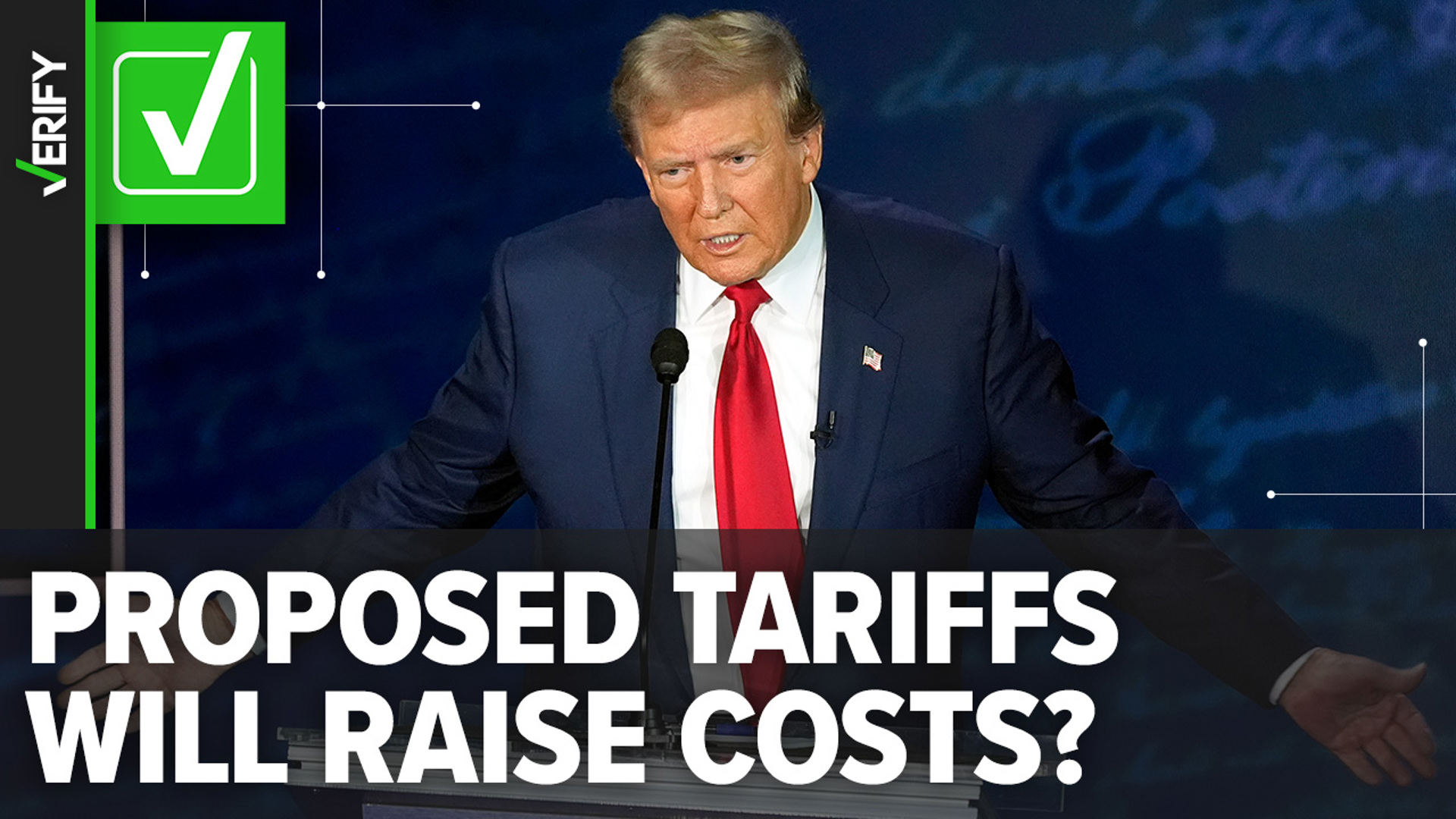Table of Contents
- Comparing New And Current US Tariffs On Chinese Imports | ZeroHedge
- Trump tariffs explained: Will they raise costs for Americans? | wqad.com
- Comparing New And Current US Tariffs On Chinese Imports | ZeroHedge
- Tariff moves between China and the US - Global Times
- Trump Will Hit Mexico, Canada and China With Tariffs - The New York Times
- Section 301 China Tariff Updates | TTI, Inc.
- Cartoon: Trade War Fortification-Xinhua
- The US-China tariff war continues to affect the electronic components ...
- Chart: Trump's Tariffs: China's Biggest Concerns | Statista
- [Infographic] Section 301 Tariffs: U.S. & China | Trade War | TRG Peak Blog



What Products Will Be Affected?




How Will Consumers Be Affected?

![[Infographic] Section 301 Tariffs: U.S. & China | Trade War | TRG Peak Blog](https://traderiskguaranty.com/trgpeak/wp-content/uploads/2019/07/trg-section-301-us-china-trade-war-infographic-1.png)

What's Next?
The US-China trade war shows no signs of abating, with both sides digging in their heels. The Chinese government has retaliated with its own tariffs on US goods, including soybeans, cars, and aircraft. As the situation continues to escalate, it's likely that American consumers will face even higher prices and reduced availability of certain products. In conclusion, the Trump administration's tariffs on Chinese goods have significant implications for American consumers. While the long-term effects of the trade war are uncertain, one thing is clear: consumers will likely feel the pinch in the form of higher prices and reduced purchasing power. As the situation continues to unfold, it's essential to stay informed about the latest developments and their potential impact on the US economy and consumer wallets.Stay tuned for further updates on the US-China trade war and its effects on American consumers.
Note: This article is for general information purposes only and should not be considered as investment or financial advice. The views and opinions expressed are those of the author and do not necessarily reflect the official policy or position of any organization or institution.